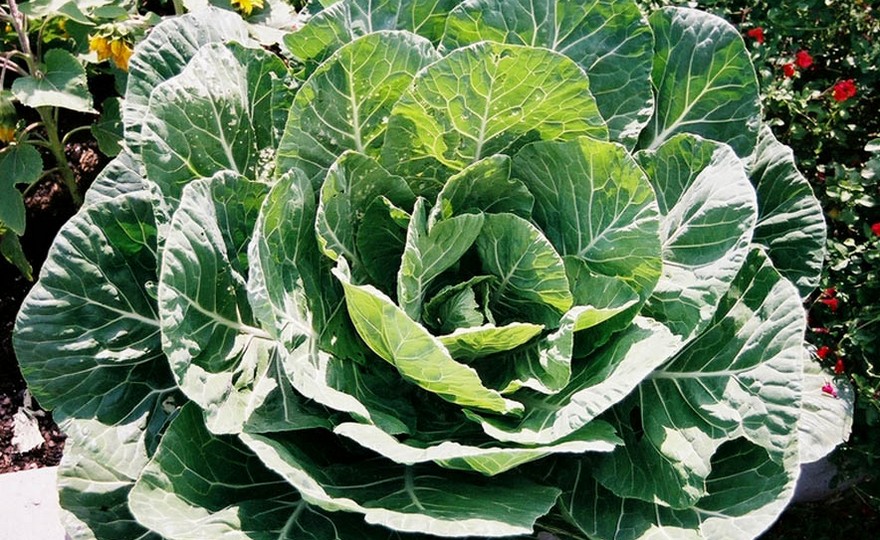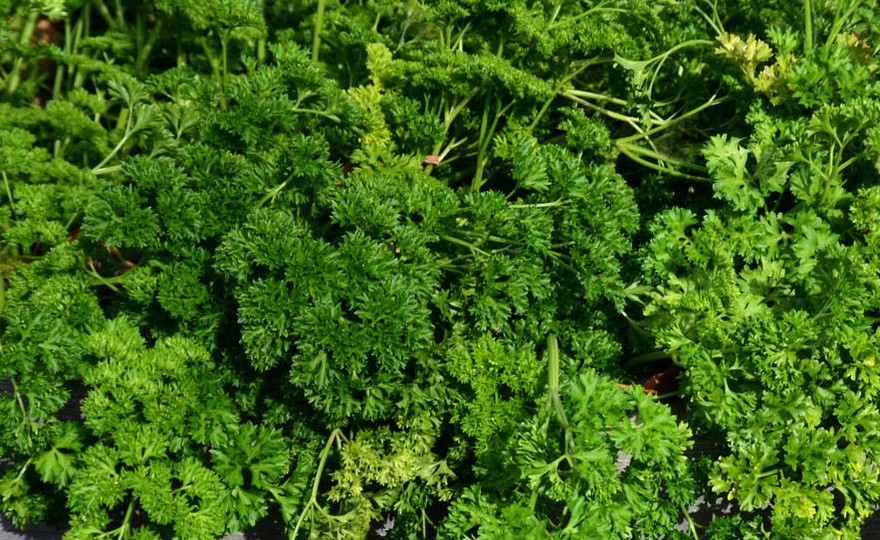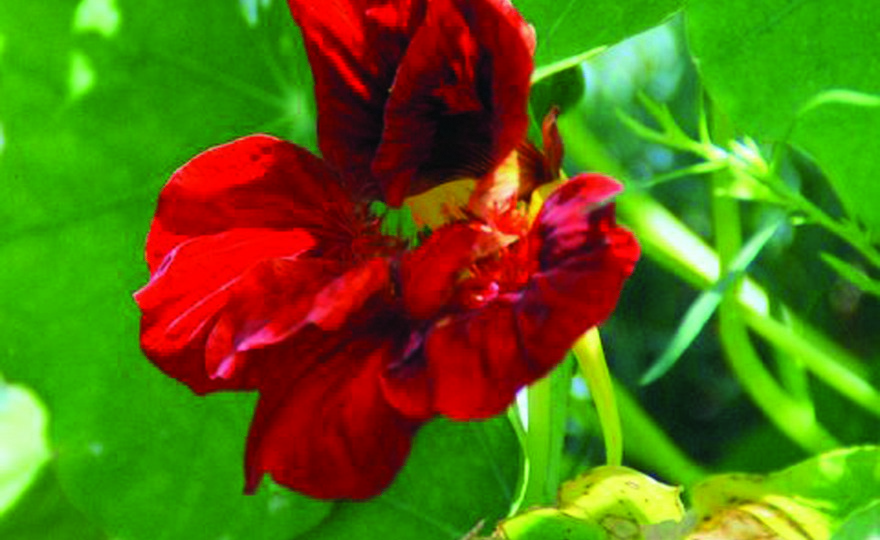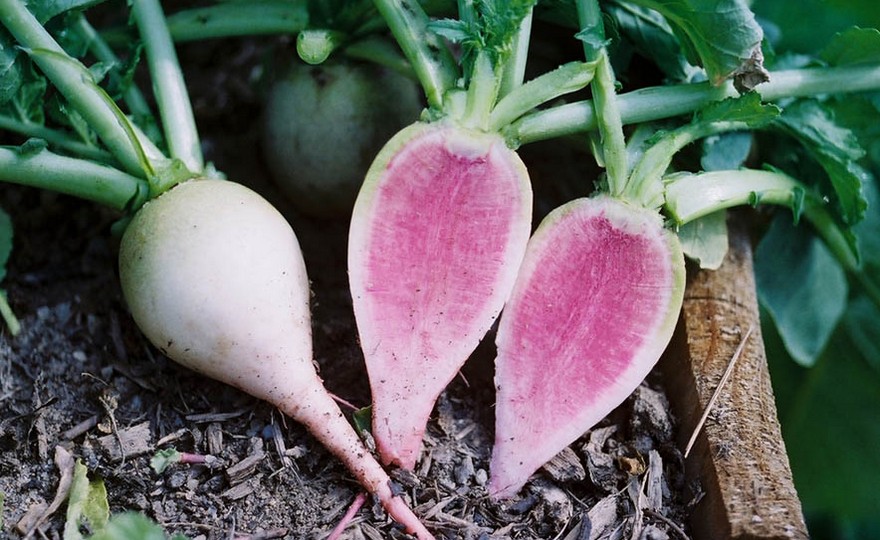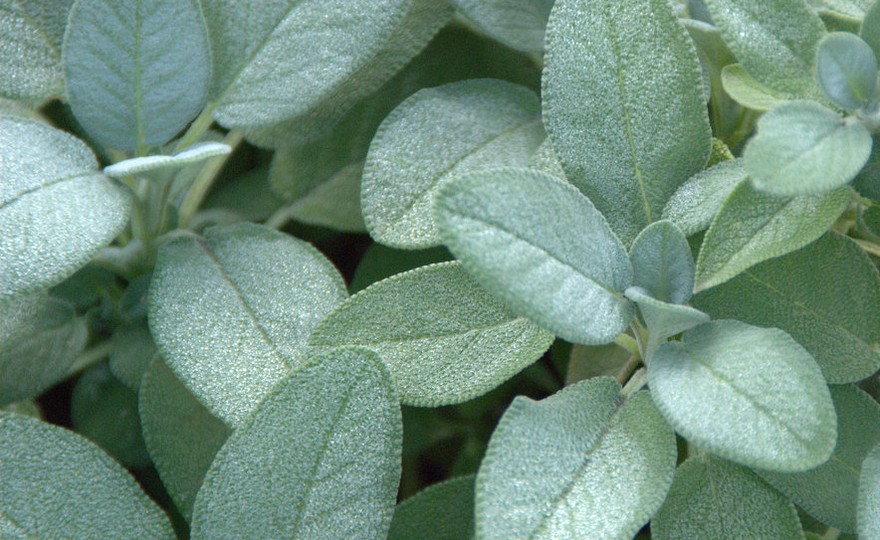
Collards, Georgia Southern
-
- **SOLD OUT** HOLIDAY GIFTS **SOLD OUT**
- **SOLD OUT** Holiday Books **SOLD OUT**
- **SOLD OUT** Holiday Citrus **SOLD OUT**
- **SOLD OUT** Holiday Gift Certificates **SOLD OUT**
- **SOLD OUT** Holiday Paperwhites **SOLD OUT**
- **SOLD OUT** Holiday Praying Mantis Kits **SOLD OUT**
- **SOLD OUT** Holiday Tools **SOLD OUT**
- **SOLD OUT** Holiday Wildflower Mixtures **SOLD OUT**
- Citrus Trees
- **SOLD OUT** - Vegetable and Herb Plants - Mix & Match any 6 Plants for $50 - Only Shipped in Quantities of 6
- Elephant Ear Plants & Roots
- **SOLD OUT** 4-Inch Pot Herb Plants **SOLD OUT**
- Rare Plants
- **SOLD OUT** Vining Plants **SOLD OUT**
- Asian Seeds
- Beneficial Bugs
- Books
- Citrus Fertilizers
- Cold-Treated Bulbs - SEE BULBS FOR FALL PLANTING TO ORDER
- Cold-Treated Allium
- Cold-Treated Chionodoxa
- Cold-Treated Crocus
- Cold-Treated Hyacinthoides
- Cold-Treated Hyacinthus Orientalis
- Cold-Treated Narcissus
- Cold-Treated Cyclamineus Narcissus
- Cold-Treated Double Heirloom Narcissus
- Cold-Treated Jonquilla Narcissus
- Cold-Treated Large Cupped Narcissus
- Cold-Treated Poeticus Narcissus
- Cold-Treated Small Cupped Narcissus
- Cold-Treated Species Miniature Narcissus
- Cold-Treated Split Cupped Narcissus
- Cold-Treated Tazetta Narcissus
- Cold-Treated Triandus Narcissus
- Cold-Treated Trumpet Daffodils
- Cold-Treated Ornithogalum
- Cold-Treated Rock Garden Iris
- Cold-Treated Scilla
- Cold-Treated Tulips
- Cold-Treated Emperor Tulips
- Cold-Treated Fringed Tulips
- Cold-Treated Green or Viridiflora Tulips
- Cold-Treated Lily Flowering Tulips
- Cold-Treated Parrot Tulips
- Cold-Treated Peony Flowering Tulips
- Cold-Treated Single Early Tulips
- Cold-Treated Single Late Tulips
- Cold-Treated Species Tulips
- Cold-Treated Triumph Tulips
- Flower Bulbs, Corms and Tubers
- Bulbs for Spring Planting
- Bulbs for Fall Planting - ALL BULBS AVAILABLE ARE COLD TREATED FOR PLANTING AS SOON AS SOIL CAN BE WORKED
- Fall Blooming Bulbs
- Garden Tools & Equipment
- Gift Certificates
- HHH Exclusive Wildflower Mixtures
- Wildflower Mixtures
- Heirloom Garlic
- Potatoes
- Roots & Sets
- Seeds
- Flowers
- Herbs
- Vegetables
- **SOLD OUT** HOLIDAY GIFTS **SOLD OUT**
-
- No products to compare
-
74 in stock
Quick Overview
COLLARDS, Georgia Southern –
Brassica oleracea var. acephala
FULL SUN Native to the Mediterranean and parts of Asia, collards have been cultivated for centuries. They are among the most cold hardy of food crops and when properly mulched, can be grown throughout the winter even in northern climates. Georgia Southern, introduced before 1880, is the standard by which other collard varieties are compared. The huge (3 ft.) plants are cloaked in handsome, tender, juicy, blue-green leaves which become sweeter with each frost
Georgia Southern can be sown in late winter for a summer crop and in mid summer for a fall crop. In the spring, plant as soon as the ground can be worked. Soil should be deeply spaded before planting. Rows should be 36 in. apart. Plants can also be started indoors 4-6 weeks before transplanting outdoors.
When seedlings are 5 in. high, thin, leaving 30 in. between plants.
| Type | Spacing | Planting Depth | Days to Germination | Maturity |
| Collards | 30 in. | 1 in. | 10-14 | 75 |

Collards, Georgia Southern
Kale and Collards are probably the earliest cultivated variations of the European wild cabbage. Kale is known to have been widely grown by both the Greeks and the Romans. From a scientific classification point of view, kale and collards are considered to be the same plant – just two different varieties. Sometimes collards are described as a kind of kale. However, diehard Southerners will tell you that collards are collards and kale is kale and they are very different. Kale, also known as Borecole, and collards are non-heading, leafy greens that are among the most cold-hardy vegetables grown. Kale is definitely a cool season crop whose sweet flavor is substantially enhanced when the plant is exposed to several hard frosts. Collards, on the other hand, thrive in the heat but can withstand temperatures down to 10 degrees Farenheit. Both collards and kale are extraordinarily nutritious vegetables. The leaves contain lots of calcium and potassium and are rich in the Vitamins A and C. Both kale and collards are usually grown as cool weather, fall or winter crops. If mulched, both collards and kale will last into the winter, except in the harshest northern climates. If the plants survive until the spring, they will then go to seed as they are both biennials.

